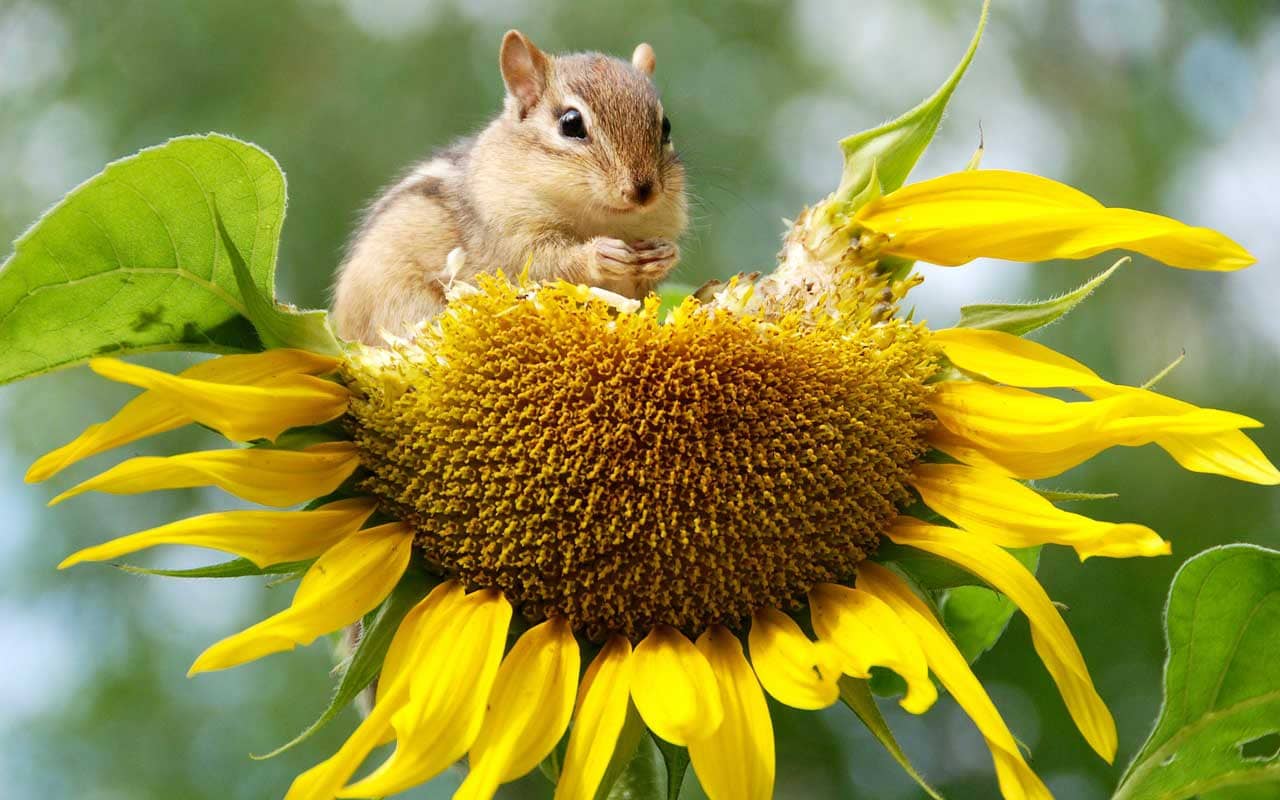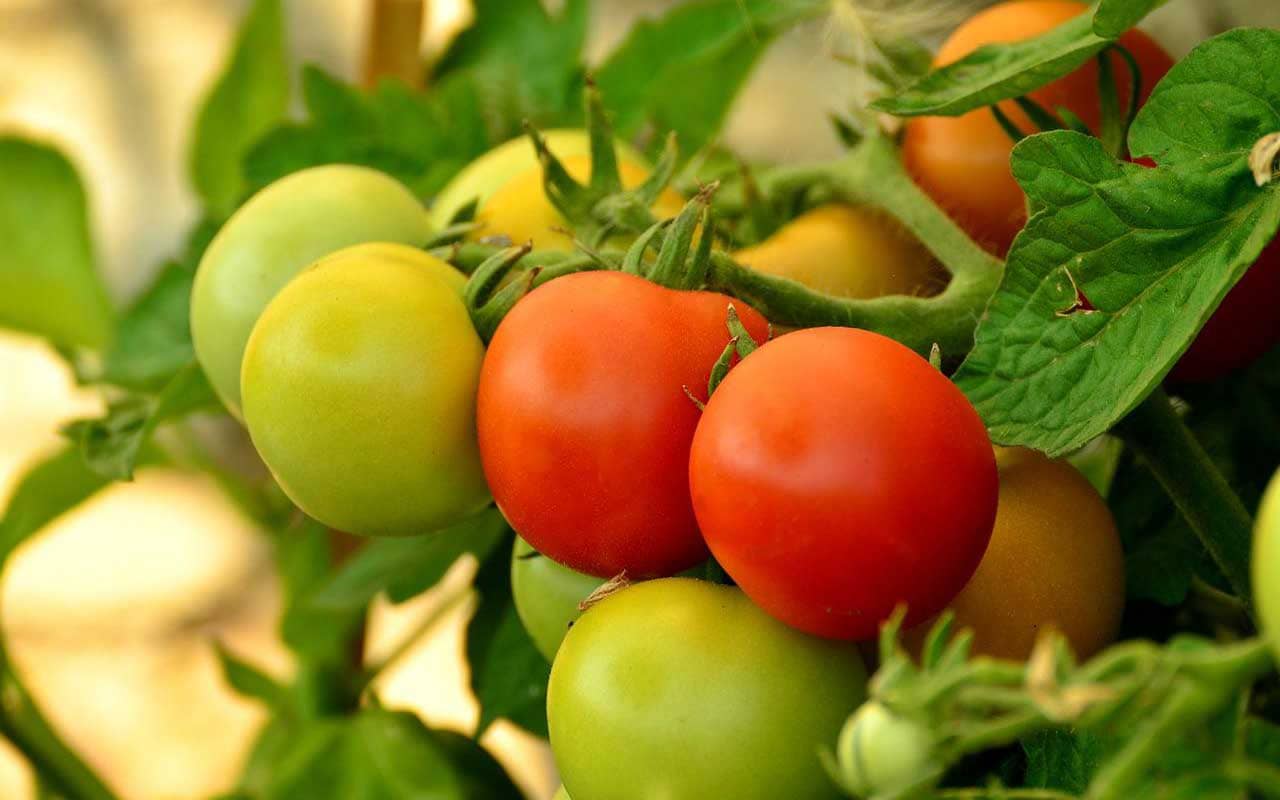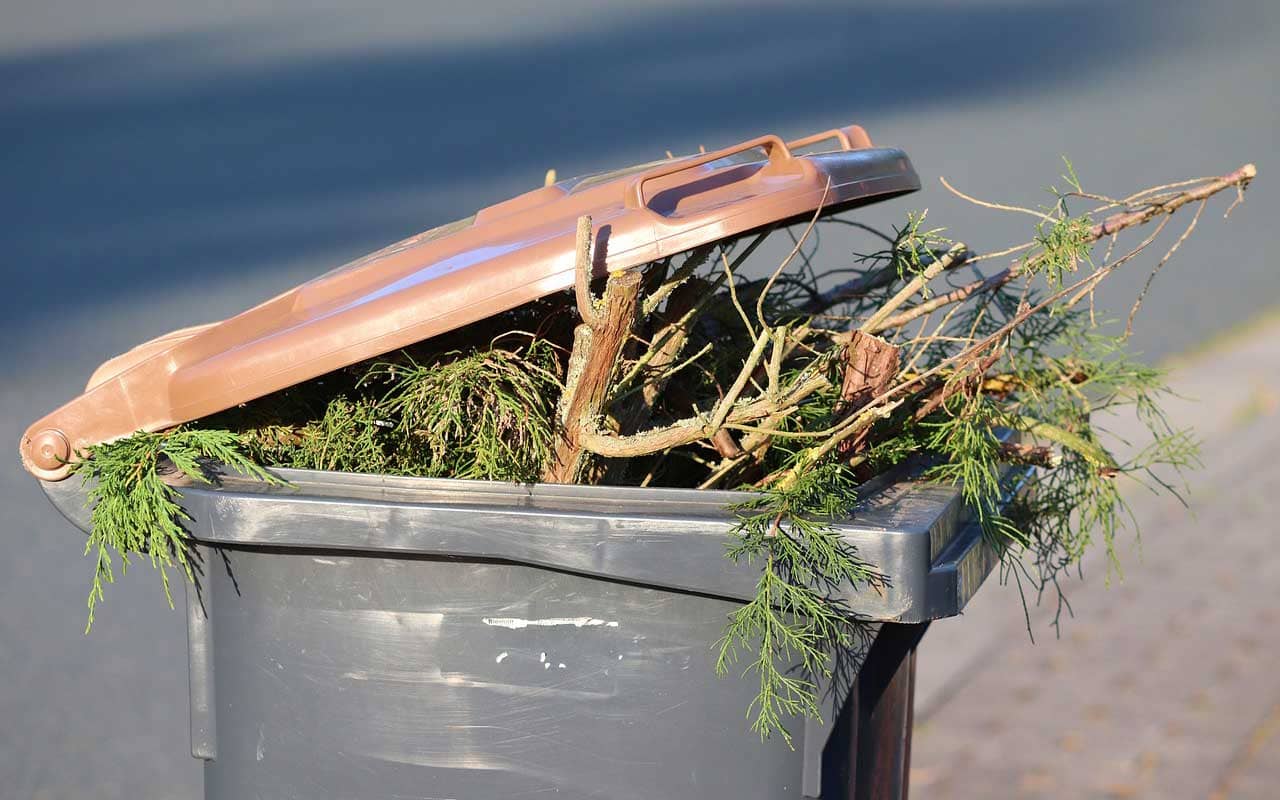If you’re lucky, all the dry weather hasn’t affected your
garden too badly and your beds and borders are still looking green and
flowery. August tends to be the tipping
point in the gardening year, as the bright colours of summer begin to give way
to the faded glories of early autumn. As we’ve said before, keeping up with the
deadheading and the watering will help keep things looking good for as long as
possible. Otherwise, August’s jobs are
not usually too strenuous; here are our suggestions.
Collect Seeds
 Leaving some flowers to go to seed is a great way get a head start on next year. On a dry day, collect the seeds and store them in a clearly labelled envelope or paper bag (not plastic as they can sweat and go mouldy). Place in an airtight container ready to sow in the spring.
Leaving some flowers to go to seed is a great way get a head start on next year. On a dry day, collect the seeds and store them in a clearly labelled envelope or paper bag (not plastic as they can sweat and go mouldy). Place in an airtight container ready to sow in the spring.
This method should work for anything that produces seed: flower, fruit or vegetable. However, be aware that a hybrid plant may not come true from its seeds; that is, the new plant may not have exactly the same characteristics as the parent plant. It’s still worth a try, however, as you never know what you might get!
Plants like poppy, sweet pea, borage, love-in-a-mist (Nigella) and aquilegia all generally grow very well from collected seeds, although aquilegia tend to spread themselves around so well anyway you may not feel the need to!
 Harvest
Harvest
If you are a vegetable grower, August will probably be the time that much of your harvest can be gathered in. Onions, shallots and garlic may all be ready now; you can harvest them as soon as their tops turn brown, then leave them to dry in the sun before storing them. Likewise, if you’ve grown your own sweetcorn, harvest it when the silks turn brown (and serve fresh from the garden with lashings of butter!). Harvesting chillies, courgettes and cucumbers regularly will encourage more to form; new veg should still have time to ripen before the cooler weather kicks in.
To encourage tomatoes to ripen, you can remove quite a lot of the leaves to allow more light in. It’s worth pinching out the tops of tomatoes now, so the plant concentrates energy on growing and ripening the fruits that have already formed rather than on producing new flowers, which probably won’t have time to turn into fruits.
If you have autumn fruiting berries, consider protecting them from hungry birds with some carefully secured netting. While you’re harvesting, consider collecting bunches of freeze herbs to store for the winter. Either dry them out and store in jars or chop finely and freeze in ice cubes trays with a little olive oil.
If you’re lucky enough to have hazelnuts (or cob nuts, cultivated hazelnuts) you might like this Hazelnut Butter Recipe from the Woodland Trust: Hazelnuts: Where and When to Forage – Woodland Trust
Prune

Other than your regular deadheading, some plants will benefit from a more serious ‘chop’ now that they have finished flowering. Lavender flowers are over now so you can trim the stems back to keep its compact shape. Whilst leggy, woody lavender can look quite ungainly, cutting back into woody stems won’t actually help as the plant won’t grow from those old stems.
Rambling roses and wisteria can be pruned back quite hard now. For ramblers, remove up to a third of the stems that have already flowered, shorten others if you wish and tie them to supports. Wisteria sideshoots can be reduced to about 20cm (8.5 inches) and, again, tied in if you’re using supports.
You may spot ‘suckers’, new shoots growing from the base of trees or roses. Remove these at the trunk; not only can they sap the energy from the rest of the plant, but if your plant has been grafted, they may be growing straight from the root stock, and so not be variety you expect.
Sow and plant There is still some planting that can be done at this time of year, although you will probably want to be diligent in your watering if this dry weather continues. If your strawberries have produced runners, peg them into the soil so they produce roots, then you can detach them from the mother plant and pot up anew. If you like fruit, now is a good time to plant a kiwi, perhaps to scramble over a trellis, or blueberry bushes (which prefer acid or ericaceous soil).
There is still some planting that can be done at this time of year, although you will probably want to be diligent in your watering if this dry weather continues. If your strawberries have produced runners, peg them into the soil so they produce roots, then you can detach them from the mother plant and pot up anew. If you like fruit, now is a good time to plant a kiwi, perhaps to scramble over a trellis, or blueberry bushes (which prefer acid or ericaceous soil).
You can also sow seeds this late in the year: hardy annuals sown in a sunny spot will provide early colour next summer, while crops like rocket or land cress can offer harvests through the winter. And, if you have any soil that will be bare for a while, consider sowing a green manure to put some nutrients back while you aren’t using the space.
Holiday preparation
Many of us take time off in August to enjoy a holiday but a bit of preparation before you go can help ensure you still have a garden and house plants when you come back. Unless you have a really dedicated neighbour, an automatic watering system for pots and hanging baskets can be a real boon. Otherwise, sitting plants in buckets or saucers to collect water will help. Indoors or in the greenhouse, you could set up capillary matting; one end of the matting sits in a bucket or large bowl of water and you sit your plants on the matting so they can absorb the water.
It’s also a good idea to move houseplants and greenhouse plants somewhere shadier so that they won’t scorch while you are away. If you have a conservatory, for example, consider moving all the out to somewhere that gets less sun. If you do have someone coming in to water your houseplants, it’s a good idea to move them all to one spot (the dining table on a waterproof cloth, perhaps, or even into the bath) so that none get missed and any spills won’t damage the woodwork.

